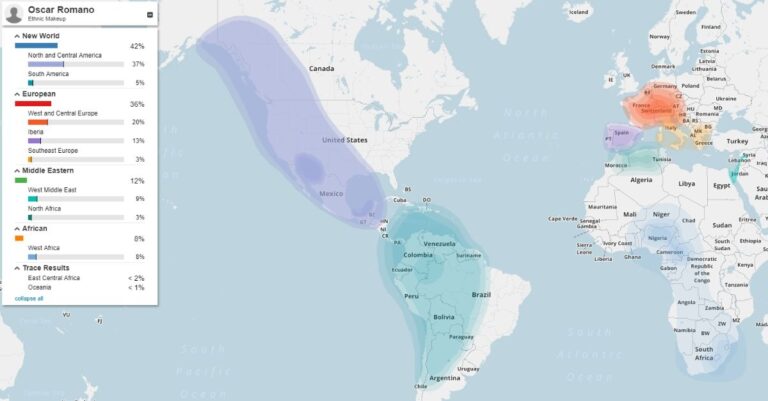Over the past few weeks, I’ve filled out a few surveys for different reasons. When it got to the questions about my background, I found some surveys forcing me to select a race in addition to my selection of “Latino,” while others allowed me to select “Latino” without selecting anything else. It’s always difficult to select a “race” since it’s not that simple. As a Latino, my background is so much more complicated than a box I can check off.
Those feelings have followed me throughout my life as I’ve had to check boxes about where I come from. One instance I still remember was when I was filling out the Census in 2010. How can you expect me to select a box for my race, when I don’t even know my own race? Instead, when I filled out the Census, I asked myself, “What box do you want to put me in?” That was the real question I felt was being asked.
Now, if you really want to know where I’m from, I’d need to come prepared after completing a lot of pre-work. As a Latino, my history involves conquests, uprisings, subjugation, imperialism, revolutions, and so much more. I can’t trace my family’s history to a ship that arrived in the United States. It’s not as easy as heading to Ellis Island and looking for my family’s name.
My family’s ancestry is something I’ve thought a lot about since I was a kid. My parents are both from El Salvador and I know a lot about their families’ histories in El Salvador, but I have no clue how my ancestors got to El Salvador in the first place.
There are a few options I could take to get to the heart of the matter and try to get at the heart of where I’m truly from:
- I could do an in-depth research study of my family’s history. By talking to family, and extended family, I could map out my family’s ancestry for the past few generations at least. Unfortunately, I still might not be able to get the answers I needed to select the correct box under “race.”
- I could make predictions of my ancestry based on historical data. This would involve research of El Salvador and the people in my parents’ hometowns. While I wouldn’t be able to ascertain my specific family’s ancestry, I could make educational guesses based on the research I uncover.
- I could take a DNA test and see what the results provided me.
I started this process of self-discovery when I was in college. At that point, DNA tests were too expensive for me, so I stuck to research. I interviewed family members, and read about the history of El Salvador and its people. I learned so much, but still had so many questions.
About a year ago, I came across affordable DNA tests and decided to take the plunge. I learned that I’m 42% “New World” (Native American to North, Central, South America), 36% European, 8% African, and 12% Middle Eastern. While this information doesn’t change who I am, it does give me a bit of closure with regards to my ancestry.
Unfortunately though, it leaves me no closer to being able to check that box around “race” if and when I see it again. I’d have to check number of boxes to be able to accurately portray my background…
Good thing the 2020 Census won’t force Latinos to have to answer questions about their race anymore!
The image above is a map of my DNA Ethnic History Profile from FamilyTreeDNA.



